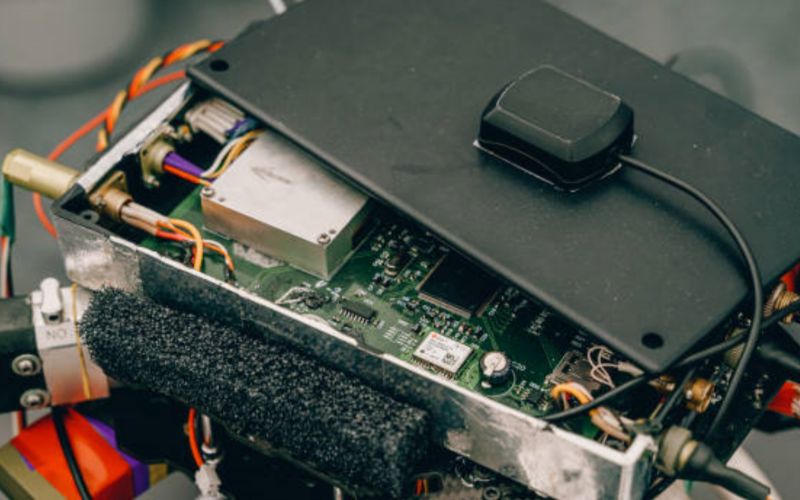Overview
Heat pipes are one of the most efficient ways to transfer heat from one point to another. They are commonly used in electronic devices, aerospace, and other industries that require cooling. Heat pipes can carry a large amount of heat, which makes them useful for cooling high-performance systems. In this article, we will explore how much heat a heat pipe can carry.
Heat Pipe Basics
Heat pipes are passive heat transfer devices that use the principles of evaporation and condensation to transfer heat. The heat pipe consists of an enclosed tube that contains a working fluid such as water, acetone, or ammonia. When heat is applied to one end of the heat pipe, the working fluid evaporates and flows to the other end of the pipe, where it condenses and releases the heat into the surrounding environment.
Heat Pipe Capacity
The amount of heat a heat pipe can carry depends on a few factors, including the length of the pipe, the diameter of the pipe, and the type of working fluid. Generally, longer pipes and larger diameter pipes can carry more heat. The type of working fluid also plays a role. For example, water can typically carry more heat than acetone.
Limitations
Although heat pipes can carry a large amount of heat, they do have limitations. One limitation is the temperature at which the working fluid boils. If the temperature is too high, the working fluid will boil and the heat pipe will stop working. Another limitation is the size of the heat source. If the heat source is too large, the heat pipe may not be able to dissipate the heat quickly enough, which could cause the device to overheat.
Applications
Heat pipes are used in a wide range of applications, including computer cooling, spacecraft thermal control, and HVAC systems. In computer cooling, heat pipes are used to transfer heat away from the processor and other components. In spacecraft thermal control, heat pipes are used to regulate the temperature of the spacecraft and protect it from extreme temperature changes. In HVAC systems, heat pipes are used to transfer heat between different zones in a building for efficient heating and cooling.
Performance
The performance of a heat pipe depends on a few factors, including the length of the pipe, the diameter of the pipe, and the type of working fluid. Longer pipes and larger diameter pipes can carry more heat, but they may also be less efficient. The type of working fluid also plays a role in performance. For example, water can typically transfer heat more efficiently than acetone.
Design
Designing a heat pipe system requires careful consideration of the application requirements. The length and diameter of the heat pipe, as well as the type of working fluid, must be chosen based on the heat load and operating conditions. The heat pipe must also be designed to dissipate the heat quickly enough to prevent overheating.
Maintenance
Heat pipes require very little maintenance, as they are passive devices that do not have any moving parts. However, it is important to inspect heat pipes periodically to ensure that they are functioning properly. If a heat pipe fails, it must be replaced in order to prevent damage to the surrounding components.
Cost
The cost of a heat pipe system depends on a few factors, including the length and diameter of the pipes, the type of working fluid, and the complexity of the system. Generally, longer and larger diameter pipes will be more expensive, as will systems that use more exotic working fluids. However, heat pipes are often more cost-effective than other cooling solutions, as they require very little maintenance and have a long lifespan.
Conclusion
Heat pipes are an efficient way to transfer heat from one point to another. They can carry a large amount of heat and are used in a wide range of applications. The amount of heat a heat pipe can carry depends on a few factors, including the length of the pipe, the diameter of the pipe, and the type of working fluid. To design an effective heat pipe system, it is important to carefully consider the application requirements and choose the appropriate heat pipe design.
Quote Inquiry
Contact us!

